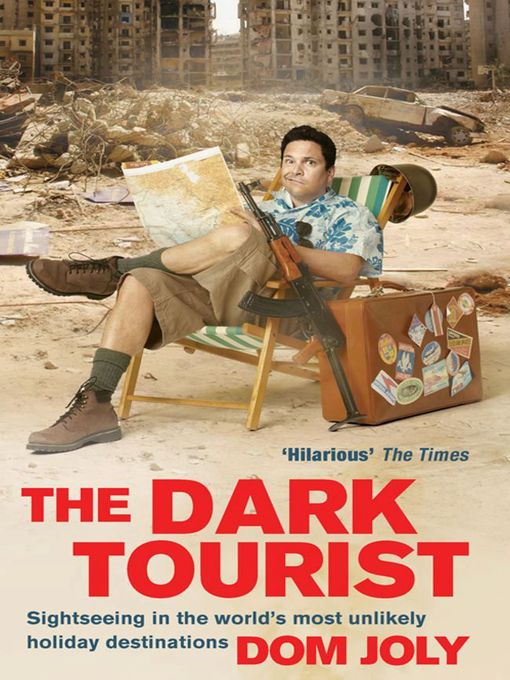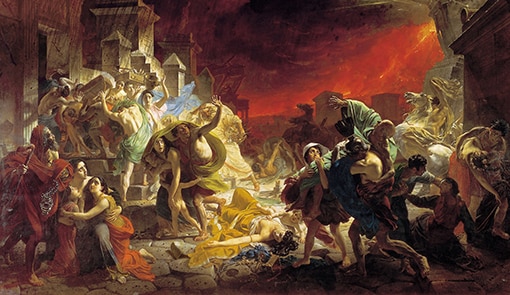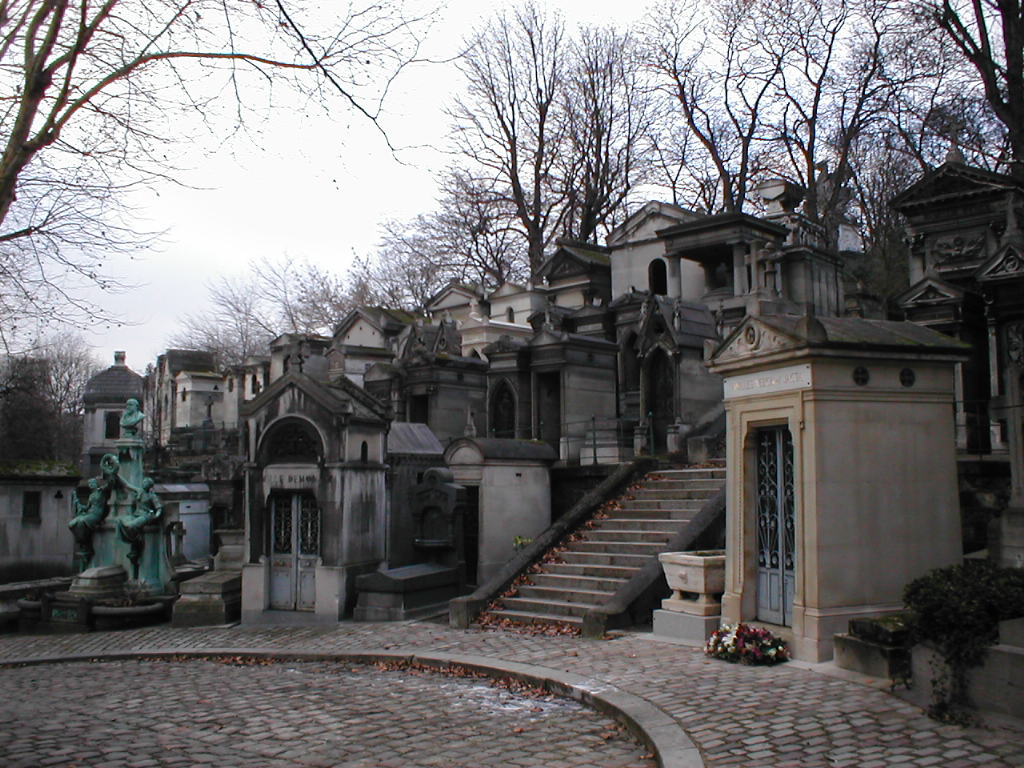Dark
Tourism:
What is Dark Tourism? Dark Tourism is tourism that
involves travelling to places that are associated with suffering and death.
A few years ago, I read a book called the Dark Tourist by
Dom Joly. This book was absolutely fascinating to me because I had never opened
my eyes to any places other than Spain, Wales and Lanzarote for a holiday. I
thought that travel was supposed to be all about a sun or ski holiday. But the
Dark Tourist showed me that there are other, slightly darker options.
 |
| http://toomanyposts.files.wordpress.com/2013/01/the-dark-tourist.jpg |
The Dark Tourist brought me to some unusual places – the
Killing Fields of Cambodia, Chernobyl in the Ukraine and Auschwitz in Poland.
But I’m not here to write a book review. I’m here to write about the geography of
Dark Tourism.
There is an Institute for Dark Tourism Research (IDTR) in
the University of Lancashire led by Dr Phillip Stone. Along with other academic
and medial interest in the subject of Dark Tourism, the phenomenon has become
very popular and well known.
Dark tourism is also known as thanatourism. The two
phrases mean the exact same thing. Thanatourism comes from the Greek word for
death – Thanatos, and thanatourism means travelling to places that are
associated with death and suffering.
 |
| http://sydney.edu.au/museums/images/content/exhibitions-events/Lego-pompeii/lego-pompeii-banner.jpg |
Some dark destinations you might never have considered to
be ‘dark’. Pompeii could be one of those. The eruption of Mount Etna occurred
so long ago that I think we feel detached to it, because none of us have a
personal connection to it like we do with 9-11 or the Holocaust. In fact, some
people even see the city of Pompeii as a place of beauty – with Roman
architecture and history, it is an ancient civilisation frozen in time. If it
weren’t for science and historic records, that is what I would see the place
as. However, because Pompeii is a place associated with the death and suffering
of thousands because a nearby volcano destroyed the town, I do not.
 |
| http://www.krakowtraveltours.com/uploads/travel_images/auschwitz5.jpg |
Other places
you probably most definitely associated with Dark Tourism. One of those is
Auschwitz-Birkenau – a disused concentration camp in Oświęcim, Poland. Up to 1,000,000 victims of the Nazis were killed there
(there are no actual records). That is one sixth of Jewish extermination camp casualties
in World War II.
Medical experiments like injecting women’s uteruses with
chemicals in an effort to seal them off and prevent reproduction or using
x-rays to try to sterilize Jews took place in Auschwitz. Now, many people go to
Auschwitz for a tour. There is a rumour that birds do not sing when they are in
the camp.
 |
| http://www.wice-paris.org/Resources/Pictures/Visits/perelachaise.jpg |
Some cemeteries are considered to be dark tourism sites because of who is buried
there. One of such places in the Pere Lachaise Cemetery in Paris, France.
Famous and rich people such as Edith Piaf, Oscar Wild, Frederic Chopin and Jim
Morrison are buried there.
Old
gaols are also considered to be places of dark tourism. In Wicklow, Wicklow
Gaol provides a spooky tour through the unused prison with actors in old
clothing, creepy wax figures and damp, old classrooms where child prisoners
were taught. You can visit the cells and see where people were executed.
Melbourne Gaol in Australia is also considered a dark destination. This was the
place for 135 executions and happens to be one of the most popular tourist
activities in Melbourne.
 |
| http://img.thesun.co.uk/aidemitlum/archive/01611/HALLS-620_1611307a.jpg |
You may
have noticed that nearly all of the places I have mentioned are to do with
history. It’s true that most places with Dark Tourism are to do with their
past. Most of the destinations are not still associated with present day pain,
death and suffering.
 |
| http://media.komonews.com/images/120515_nkorea_stage_2.jpg |
However,
there are always exceptions to a rule. The whole country of North Korea is
considered to be part of Dark Tourism.
This is due to the secrecy that surrounds the country and the rumours that have
risen due to the privacy of North Korea. Concentration Camps, lovingly named
with just numbers are one of the rumours. These camps are allegedly where whole
families of comrades of DPR Korea, and their grandchildren’s grandchildren are
locked away for life. Starved, beaten and tortured they only know suffering for
their entire lives. Many people say this is to show the other people in North
Korea a lesson.
Along
with dark tourism, there are other types of ‘unusual’ tourism. Slum tourism
involves visiting poor areas like the favelas of Brazilian cities or the slums
of Mumbai. In the 19th century, Manhattan and London were popular.
Originally, people wanted to see ‘how the other half lives.’ In the 1980s,
black people in South Africa organised tours for whites from the government to
see how they were being treated.
| http://www.tourism-review.com/temp/page_detail_zoom_1912.jpg |
Another
type of deathly tourism is war tourism. This is when you visit a war site for
recreational purposes. Disaster tourism is when you visit a place where a
disaster, such as an earthquake has occurred to quench your curiosity.
Some people do not specifically go on dark tourism
holidays. Often, people mix in a day of visiting a dark place with the rest of
their holiday. An example of this would be in Chernobyl. Due to the
radioactivity in the area, you can only stay for a few hours. However, with
travel that ends up being a whole day of your holiday.
Dark tourism can also be dangerous. Like I mentioned
above, you can go to nuclear sites or to areas with strict governments that
could imprison you like North Korea. Recently, a journalist was imprisoned in
North Korea who was working for a cable show.
Hey Claire!! Love the blog!! x
ReplyDelete